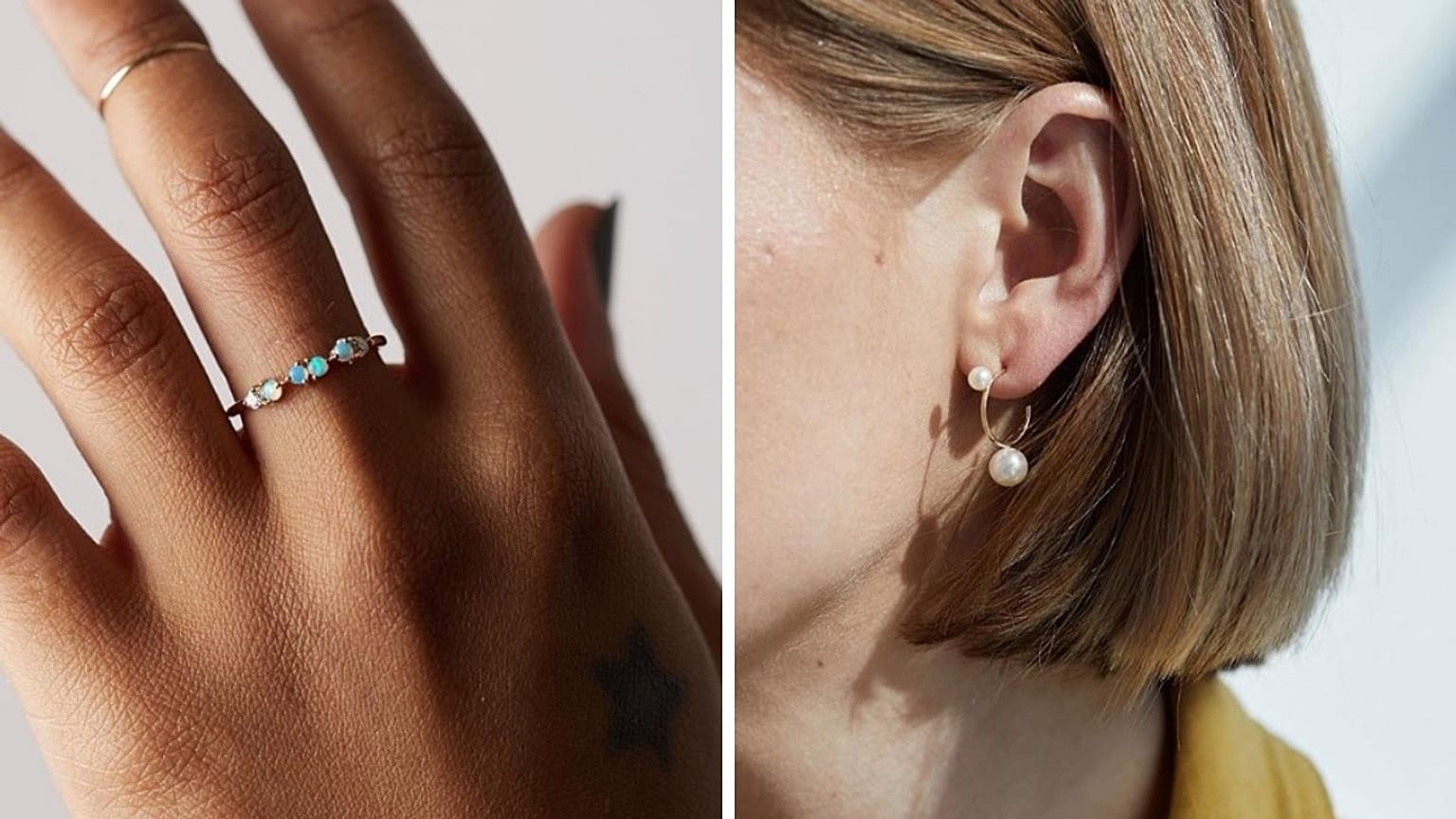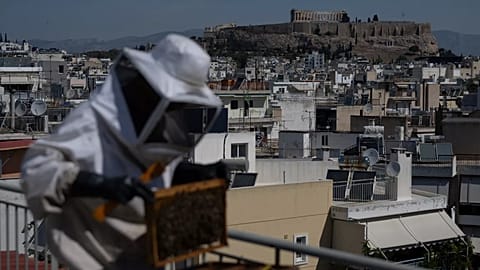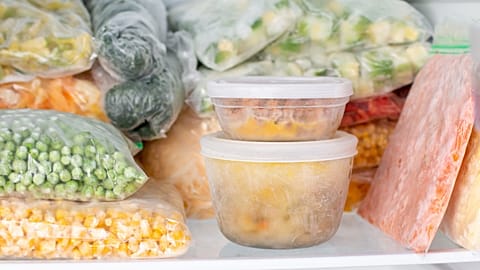A New York based brand that takes responsibility for its actions every step of the way.
Only a few short years ago, the most consideration we gave our jewellery choices was to wonder how beautiful they looked on. Wondering whether our pieces were sustainably sourced and made or not, on the hand, was not really a part of the process.
Now, thanks to a general growing interest in ethics and an increasing demand for brands to be both more transparent and accountable, the spotlight is shining firmly on the current consumer issues at hand and how we go about tackling them.
In the jewellery industry, this is particularly poignant. Let’s face it - creating sustainably jewellery is quite difficult. Most companies rely on the production of precious metals and gemstones, all of which must be sourced from the earth. Many of these materials are mined from the poorest regions in the world, making transparency in the supply chain an important issue too. When you consider that, according to the World Bank, around 100 million people are impacted by artisanal mining, the topic becomes even more pressing.
At Catbird, sustainability and ethics are at the heart of everything they do. A collective of designers who work in house to create delicate fine jewellery with vintage undertones, this is a New York based brand that takes responsibility for its actions every step of the way, meaning clients wear their pieces safe in the knowledge that they’ve been made with the best interests of everyone involved.
We spent some time chatting with Catbird to find out just how much care they put into maintaining their sustainability practices.
The studio is eco-friendly
The entire in-house collection is made within a LEED certified building in Brooklyn Navy Yard by a team of 35 bench jewellers. LEED is the most widely recognised green building rating system in the world and to meet its standards buildings must be resource and energy efficient. It’s not just good for the planet, either - the studio is light and airy - a world away from the usual dingy basement studios that many jewellers are subject to working with.
By having increased natural light and ventilation, each designer is healthier and happier, which can only be a good thing when they’re making something as precious as a piece of jewellery. Traditional manufacturing techniques are used wherever possible, too, reducing the amount of harmful toxins being pumped into the environment. As it’s close to the shop, there’s less transport involved, so they’ve also been able to keep their carbon footprint down.
Women are leading the charge
Founded and run my a women-strong team, Catbird’s staff is 90% female and each employee is offered a benefits package that empowers and protects them. Health insurance and a pension plan are included, as well as profit-sharing and professional development opportunities for all.
The materials are ethically sourced
The diamonds used in Catbird jewellery are all ethically sourced and adhere to the Kimberley Process - an international certification that works to prevent the circulation of conflict diamonds and promote legitimate trade routes. Many of the diamonds used are also recycled from previous goods that have been dismantled for their parts, adding a sense of history to each piece that’s made. Their gemstones are sourced in a similar way, as Catbird works only with suppliers working in line with stringent environmental and employment practices. A member of No Dirty Gold, Catbird is also committed to setting an example for the use of sustainably sourced gold that has a minimal impact on the environment.
They give back
Since the very beginning, Catbird has had a foundation in place and a pledge to donate 1% of all sales to not-for-profit organisations that are in line with their core values. Each month, employees offer suggestions and help decide which charity the money should be donated to. So far, Catbird has donated close to $500,000.
Words: Bianca Barratt


















